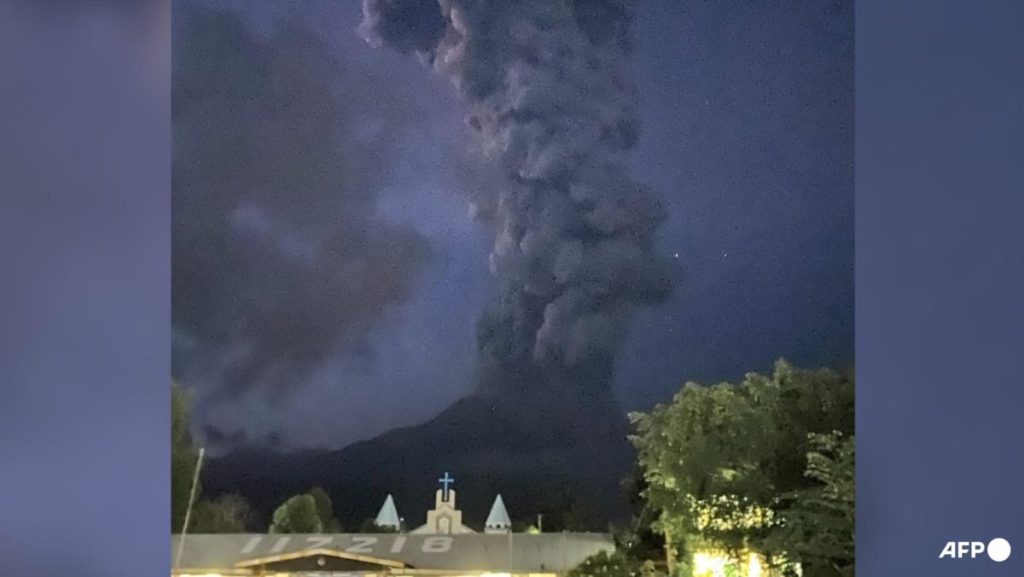The alert level for Mount Kanlaon in the Philippines was raised after it erupted, sending a plume of ash, gas, and rocks 5km into the sky. The eruption lasted for six minutes and was accompanied by thunder-like sounds. Nearby residents were warned to wear facemasks to protect themselves from volcanic gases and falling ash. The eruption was described as “explosive” by the Philippines Institute of Volcanology and Seismology, prompting them to raise the alert level from one to two on a scale of zero to five.
The Philippines is located in the seismically active Pacific “Ring of Fire” and is home to more than half of the world’s volcanoes. Kanlaon is one of 24 active volcanoes in the archipelago nation. The volcanic eruption produced a voluminous and incandescent plume that rapidly rose to 5,000m above the vent. There were also observed avalanches of volcanic ash, rock, and gases known as pyroclastic density currents on Kanlaon’s slopes. Rescue officials in the area planned to evacuate about 500 families from homes nearest the volcano due to the eruption.
The volcanology agency advised pilots to avoid flying close to the volcano’s summit as ash from a sudden eruption could pose hazards to their aircraft. Eruptions can be deadly, with pyroclastic flows, lahar flows, and ashfall posing hazards to communities surrounding the volcano. Pyroclastic flows are scalding mixtures of rocks and ash that speed down a volcano’s slopes, while lahars are mammoth flows of volcanic debris unleashed by heavy rain. Heavy ashfalls can also cause roofs to collapse and gum up jet engines. The most powerful volcanic eruption in recent Philippine history was the 1991 eruption of Pinatubo, which killed more than 800 people.
The eruption of Mount Kanlaon highlights the volatile nature of the Pacific “Ring of Fire” region and the potential risks that volcanoes pose to nearby communities. The response to the eruption included evacuations of families living closest to the volcano, as well as warnings to pilots to avoid flying near the summit. The impact of volcanic eruptions can be far-reaching, with hazards such as pyroclastic flows, lahars, and ashfalls affecting not only immediate areas surrounding the volcano but also posing risks to infrastructure and aviation. The need for preparedness and monitoring of volcanic activity in the Philippines remains critical to ensure the safety of its residents and visitors alike.













